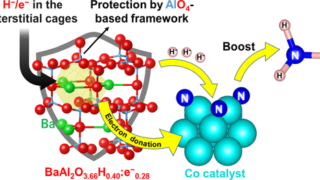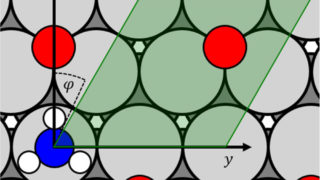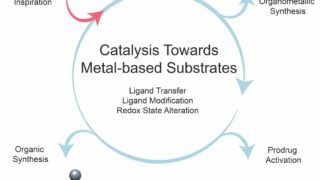
Reducing the energy requirements and carbon footprint of ammonia production
Ammonia (NH3), a ubiquitous compound, was generated in excess of 187 million tons globally in 2020. Roughly 85% is employed in the creation of nitrogenous fertilizers, while the remainder is used for refining petroleum, producing various other chemicals, and manufacturing synthetic fibers like nylon. However, these processes come with a substantial energy expenditure. Presently, the […]

